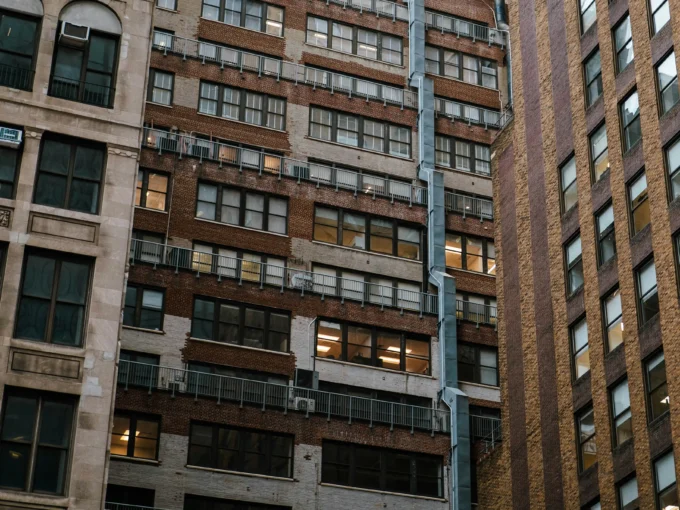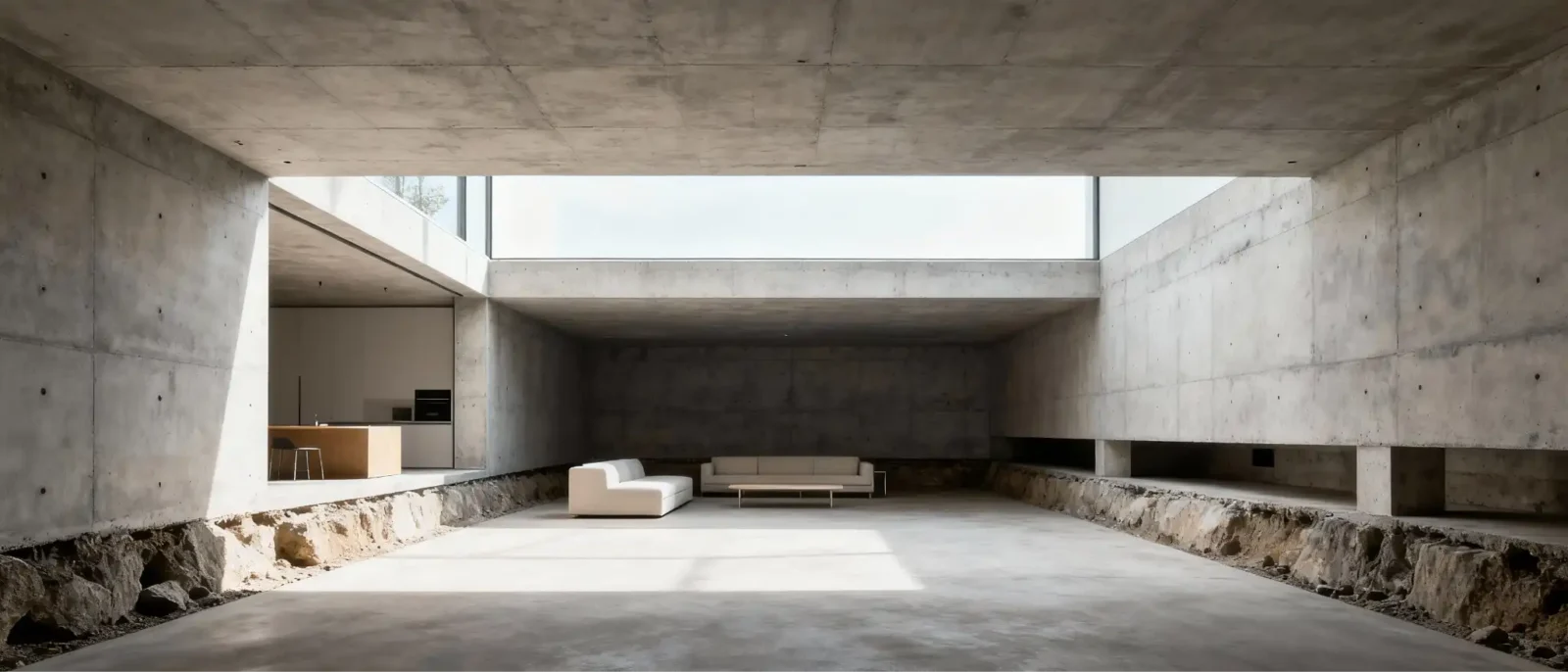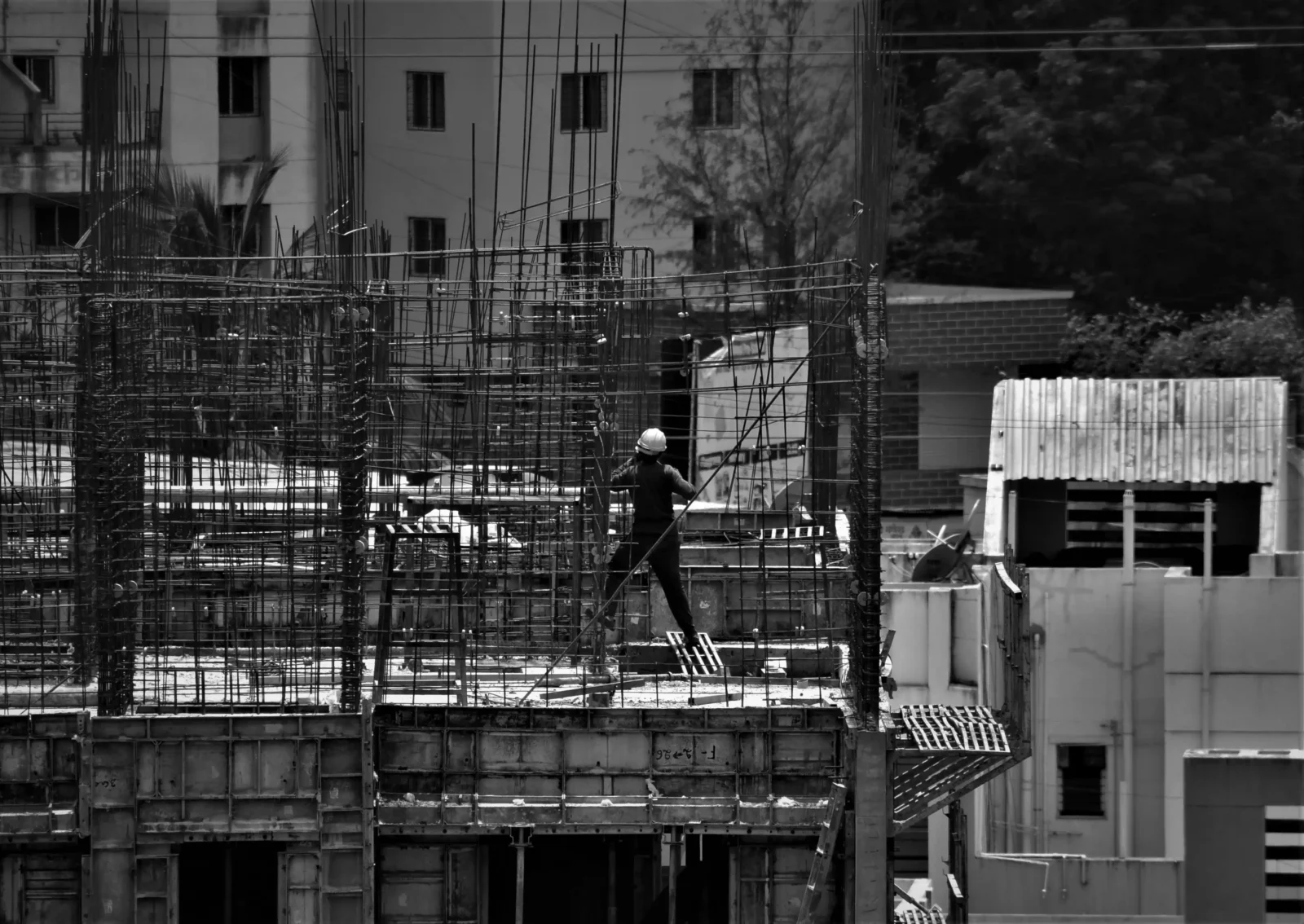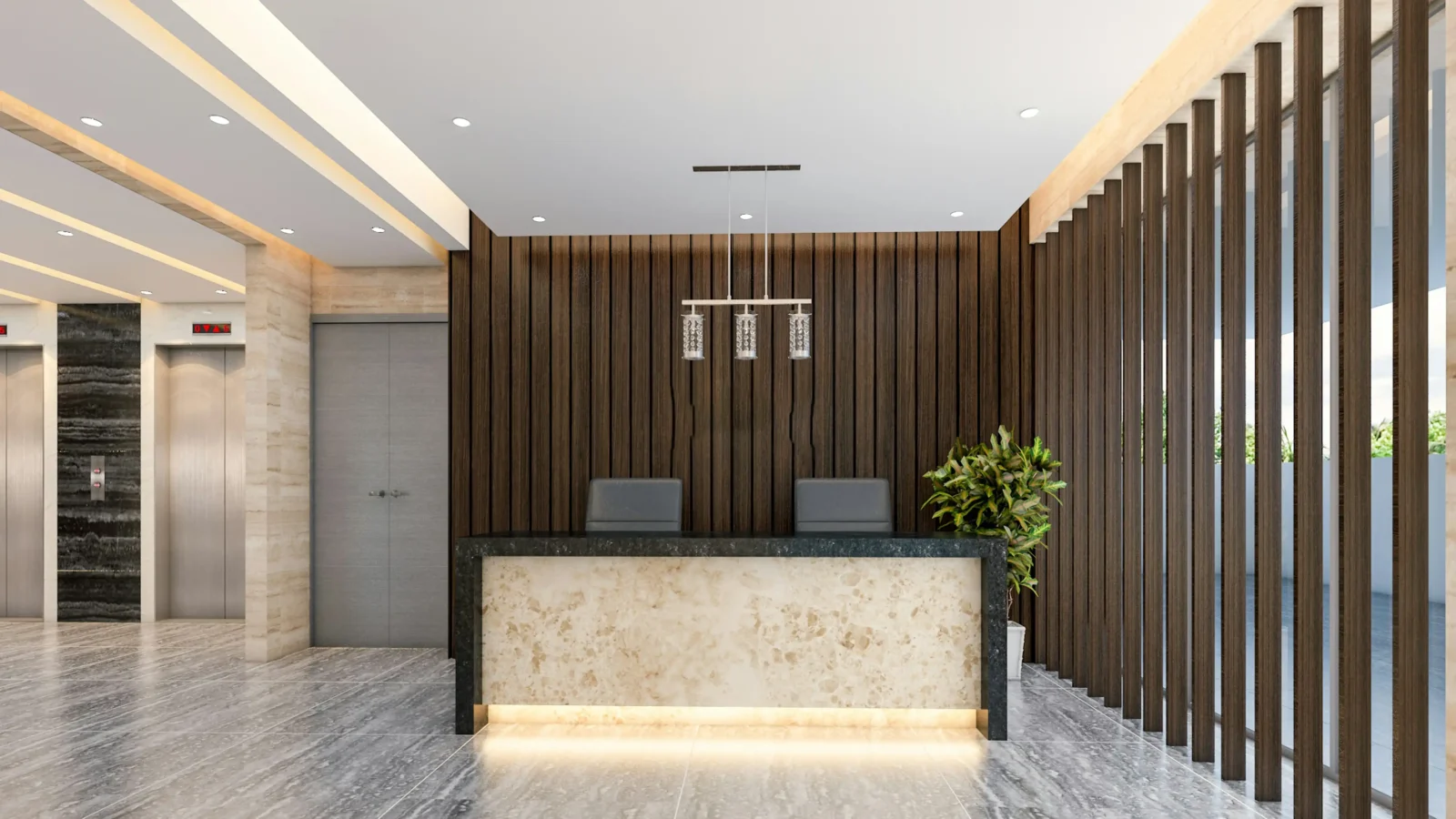- Home
- Articles
- Architectural Portfolio
- Architectral Presentation
- Inspirational Stories
- Architecture News
- Visualization
- BIM Industry
- Facade Design
- Parametric Design
- Career
- Landscape Architecture
- Construction
- Artificial Intelligence
- Sketching
- Design Softwares
- Diagrams
- Writing
- Architectural Tips
- Sustainability
- Courses
- Concept
- Technology
- History & Heritage
- Future of Architecture
- Guides & How-To
- Projects
- Interior Design
- Competitions
- Jobs
- Store
- Tools
- More
- Home
- Articles
- Architectural Portfolio
- Architectral Presentation
- Inspirational Stories
- Architecture News
- Visualization
- BIM Industry
- Facade Design
- Parametric Design
- Career
- Landscape Architecture
- Construction
- Artificial Intelligence
- Sketching
- Design Softwares
- Diagrams
- Writing
- Architectural Tips
- Sustainability
- Courses
- Concept
- Technology
- History & Heritage
- Future of Architecture
- Guides & How-To
- Projects
- Interior Design
- Competitions
- Jobs
- Store
- Tools
- More
Sustainability by Design: Using Waterjet-Cut Materials for Greener Architectural Solutions

Sustainability in architecture is no longer just a trend—it’s a core design principle shaping the future of our built environment. From the materials chosen to the way buildings are constructed, “sustainability by design” means integrating eco-conscious decisions at every stage of the process. In this context, waterjet cutting emerges as an unexpected but powerful tool in the green architect’s toolkit.
Waterjet cutting is a fabrication method that uses a high-pressure stream of water, often mixed with a fine abrasive, to slice through materials with extreme precision. Unlike traditional cutting processes that rely on heat, waterjet cutting is a cold process that leaves no thermal damage behind—making it ideal for working with sensitive, recycled, or natural materials.
In this article, you’ll discover how waterjet cutting machines support green construction—from reducing material waste and emissions to enabling intricate, resource-efficient design. Let’s start with the basics.
Table of Contents
ToggleWhat Makes Waterjet Cutting a Sustainable Fabrication Method?
At its core, waterjet cutting harnesses a jet of water pressurized up to 90,000 psi, often combined with garnet abrasives, to cut through a wide range of materials. The absence of heat sets this technique apart—there’s no risk of melting, burning, or altering the molecular structure of materials, which is essential for preserving the integrity of sustainable or recycled inputs.
Because the process is digitally controlled, it delivers extreme accuracy with minimal material loss. This means architects and fabricators can design for efficiency without compromising creativity or sustainability goals.
Waterjet cutting’s environmental credentials come down to several key factors:
- It’s a cold-cutting process, so there’s no heat-affected zone (HAZ).
- It generates very low waste, thanks to tight nesting and narrow kerfs.
- It works across a broad range of materials—including those that are recycled or repurposed.

Key sustainability advantages of waterjet cutting:
- No thermal distortion
- No hazardous fumes or gas emissions
- High material utilization (minimal waste)
- Recyclable abrasives
- Compatible with recycled materials
These benefits make waterjet systems particularly attractive for architects seeking to balance aesthetics, performance, and environmental impact.
How Is Waterjet Cutting Used in Sustainable Architecture?
Waterjet cutting enables a wide spectrum of sustainable design strategies—from creating low-waste construction elements to crafting visually compelling features from reused materials. Its role isn’t just about reducing impact—it’s about unlocking new architectural possibilities.
In modular or prefabricated construction, precision is critical. Waterjet systems make it possible to fabricate parts that fit together perfectly the first time, eliminating waste from rework or excess trimming. The same principle applies in zero-waste building systems, where components are cut exactly to spec, down to the millimeter.
The flexibility of waterjet cutting also makes it ideal for integrating recycled materials into building designs. Whether it’s stone reclaimed from a demolition site or panels made from compressed recycled plastic, this technology can cut it cleanly—without cracking or warping the material.
Typical applications of waterjet in green building:
- Decorative façade panels with minimal waste
- Custom-fit insulation boards
- Recycled material partitioning
- Precision cut natural stone or recycled glass tiles
From exterior shells to interior finishes, waterjet-cut elements contribute both to sustainability targets and standout aesthetics. They allow architects to work within the constraints of environmentally responsible materials while still achieving high-end, high-performance results.
What Types of Materials Can Be Waterjet Cut for Green Building?
Sustainable architecture is only as eco-friendly as the materials it uses. Waterjet cutting allows these materials—often difficult to shape using traditional methods—to be cut with minimal damage or waste. This opens the door to greater use of recycled, renewable, and low-impact resources in construction.
Here are several materials commonly used in green building that are ideal for waterjet processing:
- Recycled Metals: High strength, fully recyclable, and often locally sourced, these metals carry a lower embodied carbon footprint than virgin stock. Waterjet cutting preserves their structural integrity without introducing heat stress.
- Natural Stone: This timeless material is durable, non-toxic, and extremely low maintenance. Waterjet technology makes intricate patterns or custom sizing possible without creating cracks or chips.
- Glass (including recycled): Enhancing light flow and improving thermal performance, glass—especially reclaimed glass—benefits from waterjet’s ability to deliver clean cuts without shattering.
- Cork: A renewable, biodegradable material with excellent acoustic insulation properties. Waterjet systems can shape cork sheets into complex forms without compressing or tearing.
- Recycled Plastics: Diverting plastics from landfills and giving them architectural use, these materials are well-suited to cold cutting methods that prevent melting or deformation.
- Bamboo Panels: With its rapid growth cycle and low embodied energy, bamboo is a standout green material. Waterjet precision ensures minimal waste and excellent edge quality.
How Does Waterjet Cutting Compare to Other Green Cutting Technologies?
While several cutting technologies claim eco-credentials, waterjet cutting stands out for its adaptability, low emissions, and minimal energy waste. Let’s break it down.

Comparison by key criteria:
- Laser Cutting
– Known for laser cutting power consumption issues, especially on thick metals
– Can emit harmful fumes when cutting plastics or composites
– Less suitable for recycled materials prone to burning - Plasma Cutting
– High energy consumption and localized heat distortion
– Limited to conductive materials
– Generates airborne pollutants - CNC Milling
– Precision varies with material hardness
– High tool wear and frequent waste
– Generates chips and dust needing cleanup - Manual Sawing or Drilling
– Lower precision and slower process
– High labor input and potential for material waste
– Not ideal for detailed or repeatable designs
Waterjet cutting delivers high precision, low emissions, and universal material compatibility—all without the thermal or particulate byproducts associated with other systems.
What Are the Environmental Benefits of Waterjet Cutting in Construction?
Waterjet cutting contributes to sustainability not just through the materials it cuts, but through the cleaner, leaner construction practices it enables.
It supports lifecycle thinking, helping reduce emissions from sourcing to disposal. Cold cutting reduces job site hazards, while tight tolerances eliminate the need for secondary operations that consume more energy.
Environmental benefits include:
- Lower carbon emissions during cutting
- Reduced energy usage compared to heat-based methods
- Cleaner job site conditions
- Less material scrap and landfill waste
- Compatibility with LEED/BREEAM standards
From lowering energy bills to helping projects meet green certifications, waterjet’s eco-profile is built into every stage of a project.

How Does Waterjet Cutting Improve Material Efficiency in Architecture?
Material efficiency isn’t just about using less—it’s about using smarter. With waterjet cutting, each sheet, panel, or slab can be nested and sliced for maximum yield.
No need to factor in heat shrinkage or warping. Architects can cut closer to the edge, group parts more tightly, and reduce offcuts to nearly zero.
Ways waterjet cutting improves efficiency:
- Narrow kerf width = more usable material
- Reduced offcuts and trim loss
- Ability to nest parts tightly
- No need for additional finishing steps
Fewer mistakes, fewer do-overs, and less waste: that’s a formula both sustainable and economical.
Can Waterjet Cutting Enable Circular Building Design?
Circular construction involves designing buildings so their parts can be reused, reassembled, or recycled. Waterjet cutting is a perfect match—it allows for easy disassembly and cutting of reused materials to precise specs.
Whether you’re reclaiming aluminum panels or shaping repurposed plastics, waterjet technology can handle them without degrading their performance or integrity.

Circular design enablers:
- Easily disassemblable parts
- Material compatibility with take-back schemes
- Supporting modular construction
- Reduced embodied carbon
The precision of waterjet cutting means today’s waste can become tomorrow’s building material—with zero compromise.
What Architectural Features Can Be Created with Waterjet-Cut Materials?
Beyond sustainability, waterjet cutting brings elegance to green architecture. Its precision allows intricate, custom-made features that would be difficult—if not impossible—to achieve otherwise.
From branded façades to artistic tiling, the design potential is enormous.
Notable applications include:
- Perforated panels and privacy screens
- Custom signage or branded motifs
- Ventilation grills
- Artistic facades
- Intricate tiling patterns
- Stair treads, flooring inlays, or ceiling tiles

When sustainability meets style, waterjet is the bridge between the two.
Are There Limitations to Waterjet Cutting in Sustainable Projects?
No process is perfect. While waterjet cutting excels in green architecture, it does come with some practical considerations.
Common limitations:
- Water consumption (if not recycled)
- Slower than laser for thin metals
- Abrasive waste management
- Initial machine cost
Fortunately, many of these can be addressed with water recycling systems and proper waste handling protocols.
Conclusion
Waterjet cutting isn’t just an industrial tool—it’s a sustainable design enabler. It gives architects the flexibility to work with recycled and renewable materials without compromising on quality or creativity.
By reducing emissions, minimizing waste, and opening doors to circular design, waterjet cutting makes it easier to build beautifully and responsibly. As green architecture continues to evolve, expect waterjet technology to be a central part of how the future gets made.
A licensed architect with hands-on studio experience, I translate complex design ideas into clear, engaging stories for a global audience. As a seasoned content writer and editor, I craft articles, project features, and thought-leadership pieces that illuminate emerging technologies, sustainable practices, and cutting-edge design trends—always with an architect’s eye for detail, accuracy, and narrative flow. My goal is to bridge practice and publication, giving fellow professionals and curious readers alike the insight and inspiration they need to push architectural boundaries.
Submit your architectural projects
Follow these steps for submission your project. Submission FormLatest Posts
The Vertical Revolution: How Basement Underpinning Creates Architectural Gold from Forgotten Spaces
Think about the last time you walked into a room with soaring...
Best Tools for Tracking Construction Labor Hours
Quick View of the Products Listed Best Overall: Workyard – Complete construction...
More Than a Gate: Designing a Secure and Stylish Home Entryway
A property’s entrance tells a story before a single guest steps inside....
Employer Liability and Smartphones: When Work Texts Cause Crashes
In today’s connected world, it’s nearly impossible to separate work from daily...












Leave a comment